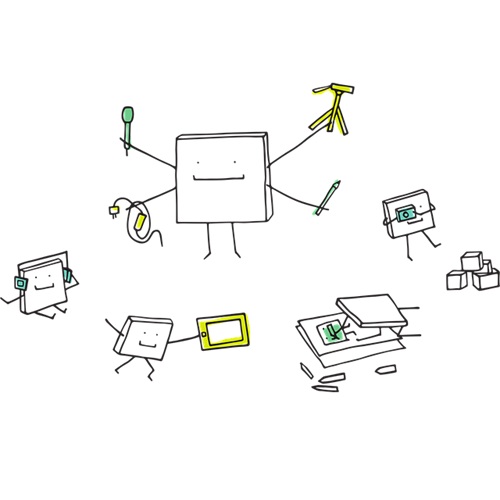This three-part blog post series will cover the full experience of the PhD Upgrade, starting with Preparing for upgrade. Health and Life Sciences PGRs Hayley Redman, Keira Evans and Amy Chinner discuss their experiences of approaching this key milestone.
Although we hope that this blog will have some helpful advice and tips for all PGR students coming up to upgrade, some of the upgrade processes within the Health and Life Sciences Faculty may vary from other faculties. We recommend checking upgrade requirements with your own faculty and department.
Meet the contributors:

Hayley Redman (she/her) – Hayley is an SWDTP-funded PhD student on the Health and Wellbeing pathway. Her research is a qualitative study which concerns fathers’ experiences of neonatal palliative care. She started in October 2024, and her upgrade was in July 2025.

Keira Evans (she/her) – Keira is a PhD student within Public Health and Sports Science, funded through the Stepping Out project. Stepping Out aims to determine predictors of falls in older adults. Keira’s research focuses on applying a predictive processing framework and neuropsychology to understanding these predictors. She completed her upgrade in September 2025.

Amy Chinner (she/her) – Amy is a NIHR School for Primary Care Research funded PhD student based within the Exeter Collaboration for Academic Primary Care (APEx) group. Her research focuses on understanding the communication of uncertainty as a component of shared decision making in primary care. She completed her upgrade in September 2025.
Preparing for upgrade

What is a PhD upgrade? And why does it matter?
Keira: This is an academic milestone where you demonstrate to a panel that your research is rigorous, feasible and contributes to the field. An upgrade happens 10-12 months into your PhD. It is an opportunity to discuss your research with experts in related fields and get feedback on what you have been doing or have planned.
What did you have to submit for your upgrade (e.g., report, presentation, etc.)? And how did you choose what to include/how much detail to go into?
Keira: I had to submit a 3,500-word report, which includes a GANTT chart and methodological details of any completed or planned studies. I also had to present to a panel of experts for 15 minutes, with a 90-minute viva discussion afterwards. As part of a wider project, it was important in the upgrade report to include both research related the wider project aims and individual studies that will be completed. I chose to try and include equal details on both and ensure that individual studies were linked to the overall aim of the wide project and my individual PhD.
Amy: I also had to write a 3,500-word report, give a 15-minute presentation (followed by a Q&A) and complete a viva-style exam. Although this may sound like a lot to prepare, the hardest part was actually deciding what made the cut for the written/presented elements and what I had to leave out (to maybe come back to in the viva). Following the report structure recommended by the faculty helped narrow down what was needed to some extent, but my supervisors were also great at getting me to focus on meeting the marking criteria e.g. demonstrating research originality and critical analysis.
How were your examiners arranged?
Hayley: I discussed potential panel members with my supervisors; we all made some suggestions and discussed who would be most appropriate (thinking about things like the type of methods they primarily use). It can be helpful to search some key words related to your project in the ‘find an expert’ pages for your department to see who a suitable choice might be. My supervisors were the ones to contact potential panel members.
How did you manage the timeline for your PhD as part of a wider project?
Keira: As part of a wider project, it is important to consider dependencies for progression of various projects. Your individual focuses may only progress once progress has been made elsewhere in the project or vice versa. It is important to consider the effect of this in your upgrade, particularly if you are asked to submit a GANTT chart.
Images by Manfred Steger from Pixabay
The authors acknowledge the use of GenAI (ChatGPT) in the generation of some questions to inform the structure of this blog.

